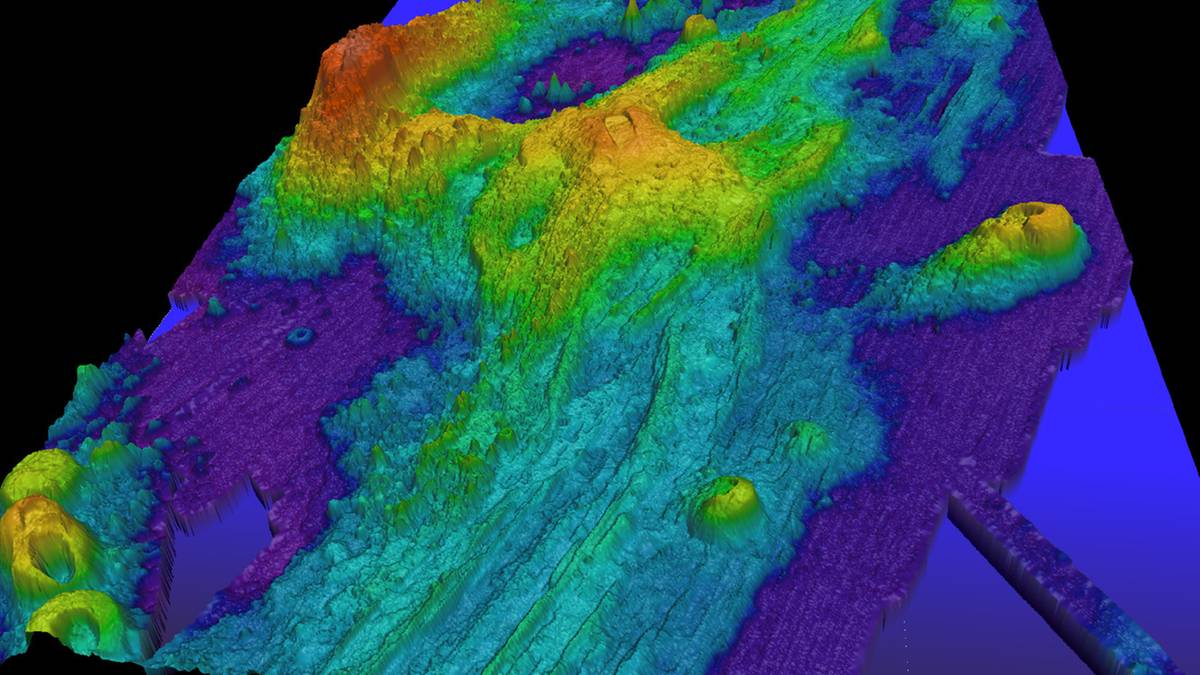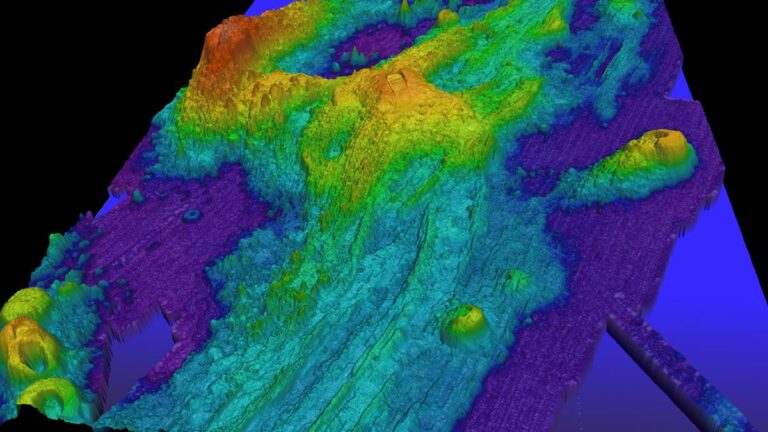
Since observations began in 1997, the volcano has erupted three times: in 1998, 2011, and 2015. Scientists are now noticing signs that an eruption is imminent, such as a rising sea floor and a buildup of magma. Since 2023, the floor above the volcano has been rising at a rate of 15 cm per year, which is comparable to what was observed before the 2015 eruption.
Regularity of axis seamount eruptions. Volcanoes near America
Axis seamounts were discovered in the 1970s during scientific expeditions to study underwater mountains. It was at this time that the world’s first submarine volcano observatory was established.
Since systematic research began in 1997, it has become one of the most monitored volcanoes in the world. Not without reason. It is a very active volcano. Moreover, he is one of the most active people. Not without reason. Since observation began in 1997, it has erupted three times. Scientists predict the next eruption in 2025.
See also: Mysterious volcano discovered. The eruption cooled the Earth’s climate
The uniqueness of axis seamounts lies in the regularity of their activity. By analyzing changes in seafloor rise and magma accumulation, researchers can determine with high precision the moment when an eruption occurs. Current data shows that the volcanic floor is rising at a rate of 15 cm per year, similar to the situation before the 2015 eruption.
Are axis seamounts dangerous to humans?
The predicted Axis seamount eruption is of great interest to scientists, but does not pose an immediate threat to people or infrastructure. Its eruptions are characterized by gentle flows of lava, minimizing the risk of violent explosions and tsunamis.
Therefore, despite the upcoming activities, there is no need to worry too much, unless something unexpected happens.
Axis seamount as a scientific laboratory
Axis Seamount is more than just a volcano, it is also a unique “laboratory” for scientists studying volcanic activity. The ability to predict eruptions with such high precision (nearly hourly) is rare in the world of seismology. In recent months, there have been days when there have been more than 50 tremors.
See also: A volcano exploded in Indonesia. Lava floods village, killing 9 people
This behavior of the volcano allows us to better understand the processes occurring inside the Earth and improve the way we predict volcanic activity. As a result, research conducted on Axis seamounts could help predict eruptions in other high-risk regions of the world.
Edited/Polsatnews.pl
read more
Source link

